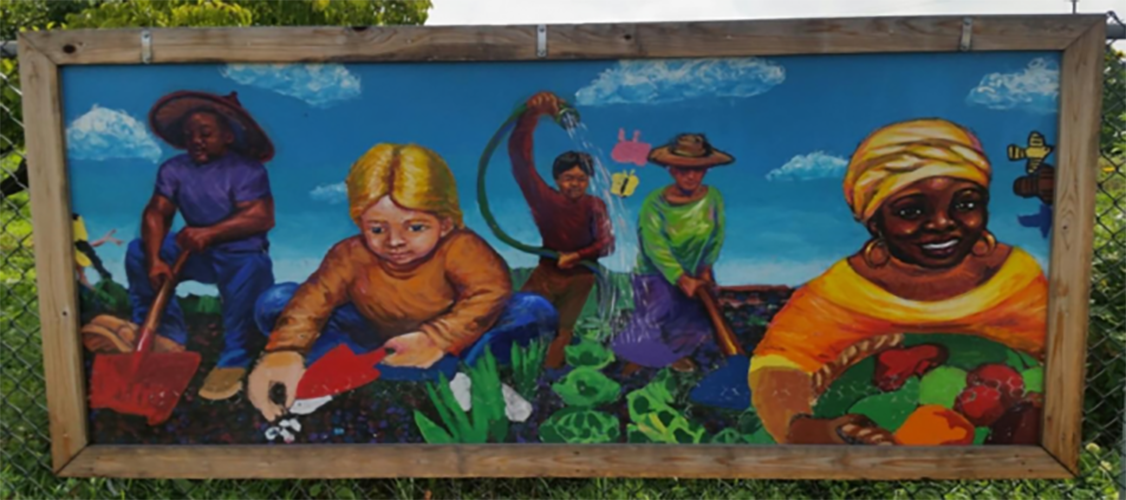The Place of Food Systems: Exploring the Relationship between Sense of Place and Community Food Systems Engagement
Overview
Sense of place is a complex and elusive concept that is of interest to a variety of fields including education, natural resource management, community organizing, cultural geography, cultural anthropology, ethnoecology, environmental psychology, sociology, urban planning, and political science for its potential to understand and motivate human behavior. A variety of definitions of sense of place exist. Ardoin (2006) stated that “sense of place describes the complex cognitive, affective, and evaluative relationships people develop with social and ecological communities” (p. 118). Stedman (2002) defined sense of place as the “meanings and attachment to a setting held by an individual or group” (p. 561). Williams and Stewart (1998) described sense of place as the “collection of meanings, beliefs, symbols, values and feelings that individuals or groups associate with a particular locality” (p. 19). Variation existed in these definitions with relationships, meanings, attachment, emotions, values, beliefs, and symbols all had a different focus in the definitions. At its core, sense of place seems to be about the “meanings and attachment to a [place] held by an individual or group” (Stedman, 2002, p. 561). And, it is clear that sense of place is individually and socially constructed through the development of meaning.








